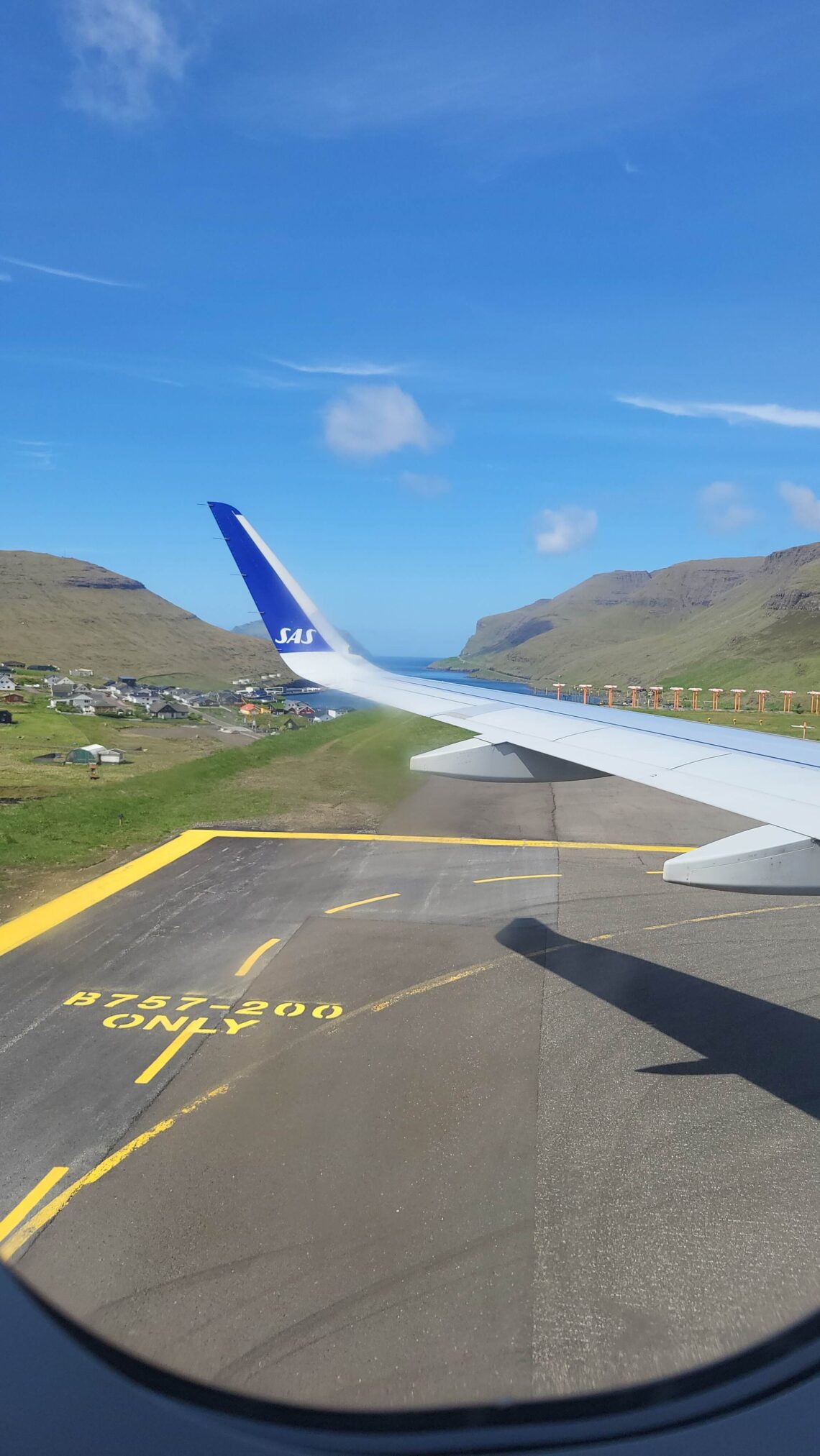
How to get to the Faroe Islands: All Options
Some posts on this website contain affiliate links. I receive a small commission if you use the links at no extra cost to you.
The Faroe Islands are not as difficult to visit as it may seem.
This post will answer the question of how to get to the Faroe Islands. I will describe all the options for getting there.
The Faroe Islands are a dream for many tourists and travellers. I visited the Islands in May 2024. And it was one of the most beautiful destinations I have ever seen.
This post begins a series of articles about this amazing country.
Let’s start with travel to the Faroe Islands.
(And here you can check where to sleep in Faroe Islands).
Ways to get to the Faroe Islands
Since you are looking for information about how to get to the Faroe Islands, you probably already know where exactly the Islands are on the map.
Let’s get straight to the point then.
There are two ways to get to the Faroe Islands: by flight or by ferry. Most of you will definitely choose to fly. The ferry takes much longer and is a good option if you want to take a car or camper with you.
There are direct flights to Faroe Islands from several European cities. The rest of travellers can easily fly with a transfer.
The tourist season on the Islands starts in April-May and that is when you will find the biggest number of connections.
Currently, only 4 airlines fly to the Islands, and they are not any of the low-cost airlines.
I flew to the Faroe Islands from Gdańsk in Poland via Copenhagen with SAS, and it was a great quick trip.
I will describe all the details in a moment.
How to get to the Faroe Islands: Flights
Airlines
Atlantic Airways
Among airlines flying to the Faroe Islands the most important (with the biggest number of connection to the Islands) are Atlantic Airways, so Faroese airlines. They are known for their good customer service (when, for example, the weather causes problems with the flight), experienced pilots, and for being the first in Europe to start using the RNP navigation system.
The airlines fly permanently from Copenhagen, Billund, Oslo and Reykjavik.
During the summer, you can also fly with Atlantic Airways directly from London, Edinburgh, Paris and Aalborg.
There are also flights from Barcelona, Mallorca and Gran Canaria.
If your home airport doesn’t have direct connection you can see if it’s on the list of indirect routes at Atlantic Airways website. It seems they cooperate with SAS and you can also buy flights with transfer (and then fly SAS+Atlantic Airways). Or check other airlines below, as there is one more quite comfortable solution for most of the travellers.
Other airlines
Seasonally, there are other airlines’ flights: Wilderøe from Bergen, Icelanair from Keflavik and SAS from Copenhagen also fly to Vágar Airport.
For most people travelling from Europe, or even outside Europe, seasonal SAS connection from Copenhagen will be the most useful here (as they have many flights to Copenhagen from different airports).
My trip to the Faroe Islands
At first, I really wanted to fly with Atlantic Airways for a full Faroese experience.
However, it would have been more expensive and the journey would have been longer, so I decided there was no point in complicating things.
That is why I flew to the Faroe Islands on the seasonal connection (I flew at the end of May) with SAS from Gdańsk via Copenhagen. The journey took about 5 hours, two flights plus a short transfer. The flight to Copenhagen from Gdańsk is actually less than an hour, the one from Copenhagen to Vagar airport took over two. It was a very convenient solution.
I would even say that it was a surprisingly easy and quick journey for ‘such a destination’. But this is also due to Poland/Gdańsk rather northern location and the fact that I get to the airport in Gdańsk by city train without any major journeys.
I am aware that the journey from other parts of Europe may be longer, which is why I am trying to describe all the possibilities in this post.
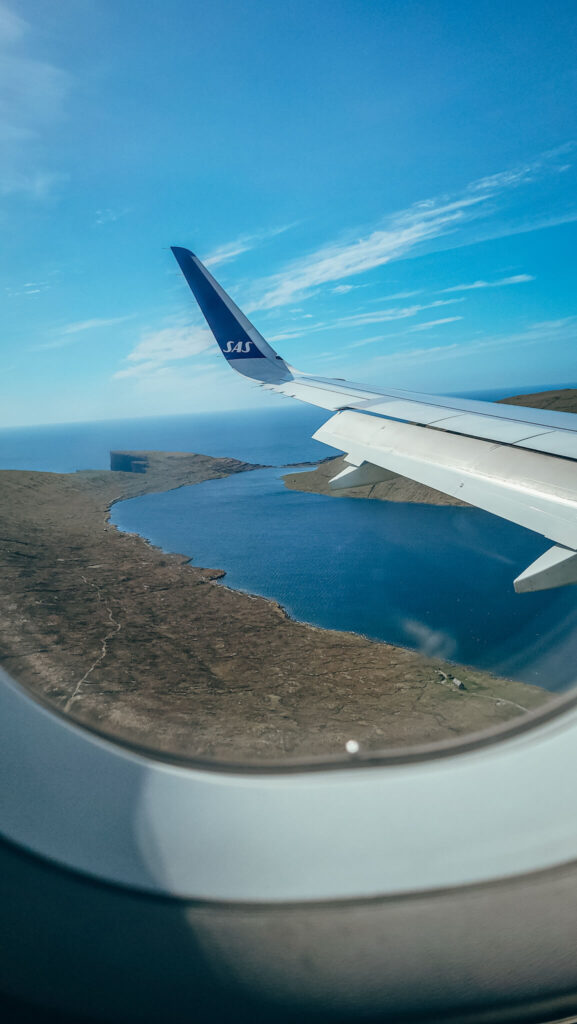
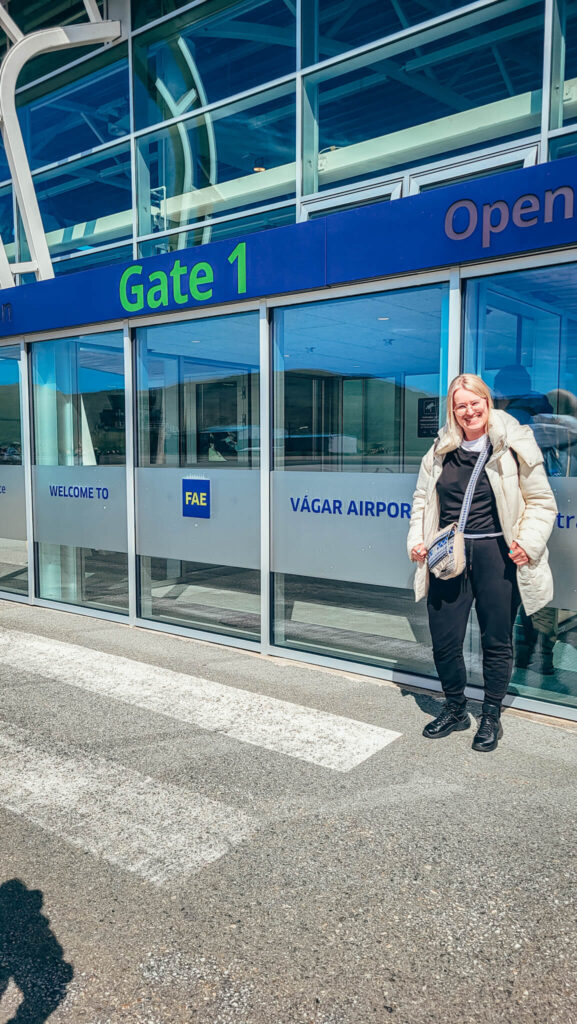
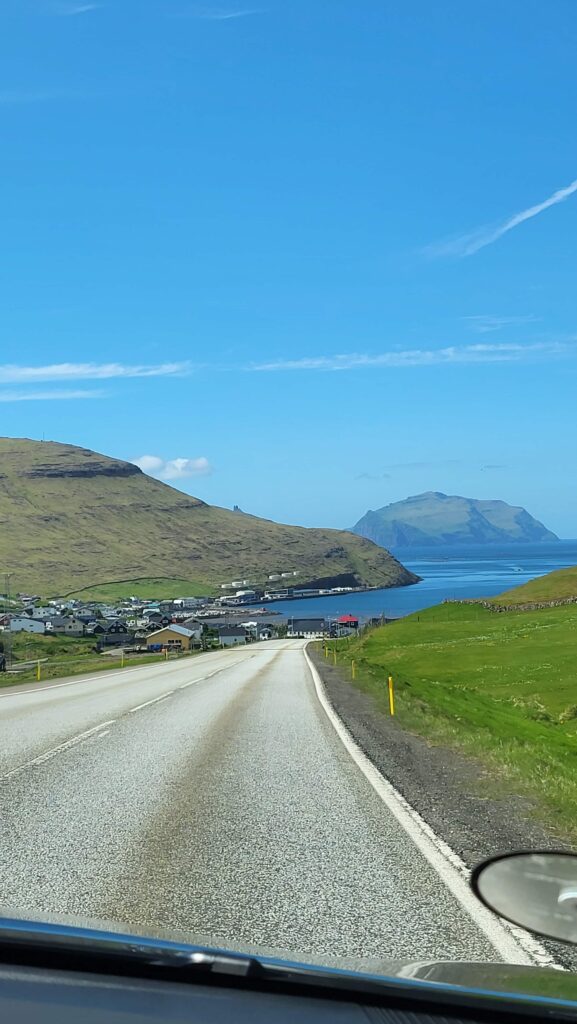
Vagar Airport
There is one international airport in the Faroe Islands, Vágar Airport (airport code is FAE). It is located on the island of the same name, right next to the town of Sørvágur. You leave the airport and immediately have amazing views, not to even mention views during landing.
The airport is small, but it has everything you need: car rentals, a café, information, you can also buy a SIM card there.
The airport has a very interesting history, because it was built during World War II by the British army, and it was opened as a civilian airport in 1963.
Due to its location, the airport is known for wind and fog. That is why only airlines and planes that have special navigation systems fly here.
However, it can happen that despite the systems and skills of the pilots, the weather prevents landing. In such cases, the planes usually land in Norway and pick up passengers the next day.
Keep in mind that this may happen, but do not stress yourself out too much. These situations are not that common, especially in the season, when the weather is much better. I read about it and then stressed too much, and we actually arrived on time without any problems.
Maybe I even shouldn’t write about it here? On the other hand, it’s probably worth being aware of such possibility.
How to get from the airport to Tórshavn
The Faroe Islands is one of those destinations where renting a car will make it so much easier for you to get around and explore. That’s why most people will leave the airport already with a rented car. Here, I wrote more about car rentals and regarding driving in the Faroe Islands.
However, you can also get to the capital by taxi or private transfer. There are also public buses, and here you will find the timetable for bus no. 300, which runs from the capital, Tórshavn to Sørvágur, with a stop at the airport.

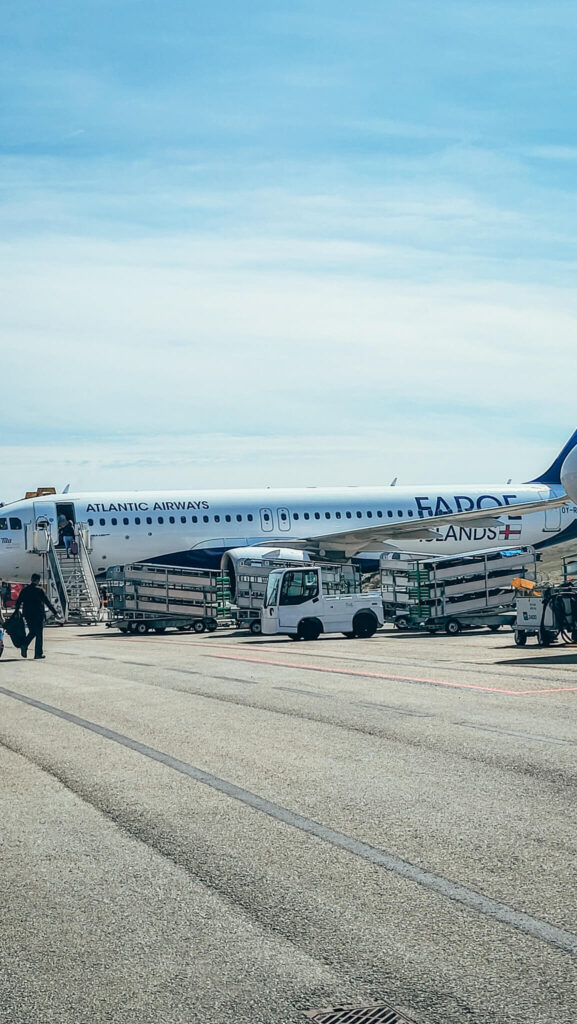
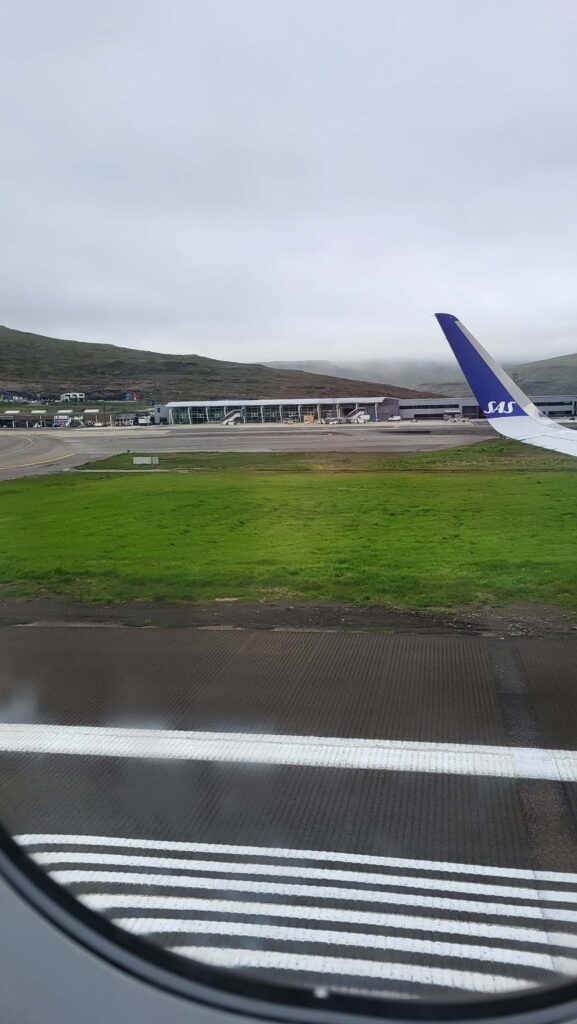
How to get to the Faroe Islands: Ferry
The second option for getting to the Faroe Islands is by ferry. I think this is an option primarily for people who want to take their car or camper and stay on the Islands a little longer than the typical week or two.
Such a trip will take you a lot of time. The time on the water alone is 30 hours in the summer, and longer during off-season, plus you need to calculate the time of getting to Denmark to board the ferry.
The ferry is a route between Hirtshals in Denmark and Seyðisfjörður in Iceland with a stop in Tórshavn, the capital of the Faroe Islands.
Despite the time, the ferry is definitely a great adventure. The ferry has many amenities and attractions, so time flows differently there.
On their website you can check the exact schedule, prices and all other necessary information.
Before, I was also looking for a possibility of getting to the Faroe Islands by the ferry from Scotland, as it would make sense (especially from islands in the north), looking at the map. Unfortunately, at the moment there are no such connections, and the ferry described above is the only alternative to flights.
Summary
These are all the options for getting to the Faroe Islands.
For me, this was one of the most beautiful trips. The views and the general atmosphere of the Islands stay in your memory for a long time. Many people dream of the Faroe Islands, but think that it is a difficult and overly complicated journey. I hope that by describing all the options for getting there, I have shown you that it is not like that at all.
Here, read where to stay during your holidays in Faros Islands.




